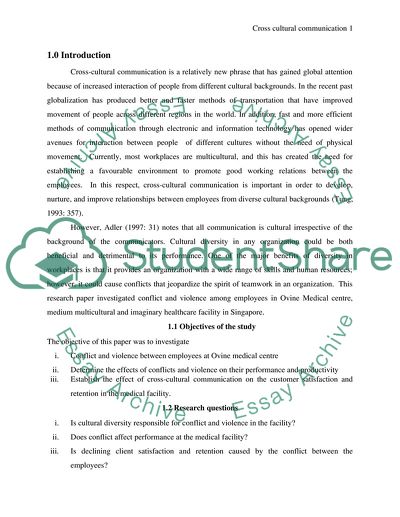Cite this document
(Cross Cultural Communication Research Paper Example | Topics and Well Written Essays - 4750 words - 1, n.d.)
Cross Cultural Communication Research Paper Example | Topics and Well Written Essays - 4750 words - 1. Retrieved from https://studentshare.org/journalism-communication/1752439-cross-cultural-communication
Cross Cultural Communication Research Paper Example | Topics and Well Written Essays - 4750 words - 1. Retrieved from https://studentshare.org/journalism-communication/1752439-cross-cultural-communication
(Cross Cultural Communication Research Paper Example | Topics and Well Written Essays - 4750 Words - 1)
Cross Cultural Communication Research Paper Example | Topics and Well Written Essays - 4750 Words - 1. https://studentshare.org/journalism-communication/1752439-cross-cultural-communication.
Cross Cultural Communication Research Paper Example | Topics and Well Written Essays - 4750 Words - 1. https://studentshare.org/journalism-communication/1752439-cross-cultural-communication.
“Cross Cultural Communication Research Paper Example | Topics and Well Written Essays - 4750 Words - 1”, n.d. https://studentshare.org/journalism-communication/1752439-cross-cultural-communication.


